Total Solar Eclipse 2015 Photos: Spring Equinox Event Dazzles Crowds Across Europe, Asia And Africa
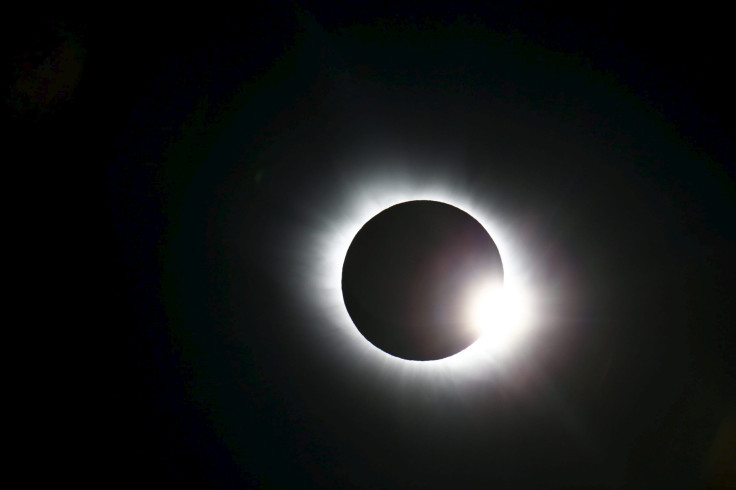
As expected, a total solar eclipse greeted the first day of spring for the Northern Hemisphere. While totality was visible only for individuals in the far north -- including tourists traveling to the Faroe Islands and Norway's Svalbard archipelago -- a partial solar eclipse was seen across other parts of Europe, as well as in North Africa and North Asia.
For Britain, the partial solar eclipse was served alongside breakfast, with the event starting around 8:45 a.m. local time and peaking around 9:31 a.m. This was the first solar eclipse since 1999 in Britain, which will have to wait until 2026 for the next partial solar eclipse. The next visible total solar eclipse for Britain will not occur until 2090.
The solar eclipse was a huge event on social media, with around 10,000 mentions an hour in Britain, according to Brandwatch. Although the crowds came out -- using special glasses or other devices to protect their eyes -- cloudy skies hampered viewing, the Guardian reported.
Send us your most soul-sappingly underwhelming #eclipse2015 pictures. We'll stick the most average in a gallery pic.twitter.com/tAjZaxVUST
— Guardian news (@guardiannews) March 20, 2015The solar eclipse "makes the cosmos and the universe come alive and shows how human emotions are influenced by skyscape -- the sky together with the land and everything around us," Dr. Daniel Brown, from Nottingham Trent University, told the BBC.
But while the solar eclipse didn't make for good viewing with the naked eye, it did make for good science. Researchers were excited about the solar eclipse because it gave them a chance to study Earth's atmosphere, which can help improve weather forecasts and power grids, the BBC reported. "By observing what happens on Friday we are effectively turning the skies of Britain into a giant weather lab, giving us a rare chance to see what happens when you 'turn down the sun,'" Giles Harrison, a professor at the University of Reading, told the BBC.
An earlier report from Opower explored the possible effect the partial solar eclipse could have on Germany's power grid since 7 percent of the country's electricity comes from solar energy. "The effect is similar to turning off a medium-sized power plant in Germany every minute — for a full hour," Opower explained.
Viewing in the Faroe Islands and Svalbard did not disappoint. The adventurers that traveled north were greeted to the sun being totally obscured by the moon. More photos of the total solar eclipse can be viewed below.
Oh, and don't share that photo of the total solar eclipse as seen from the International Space Station because it's a fake. If you want to see real photos of the eclipse from space, visit ESA astronaut Samantha Cristofretti on Twitter.

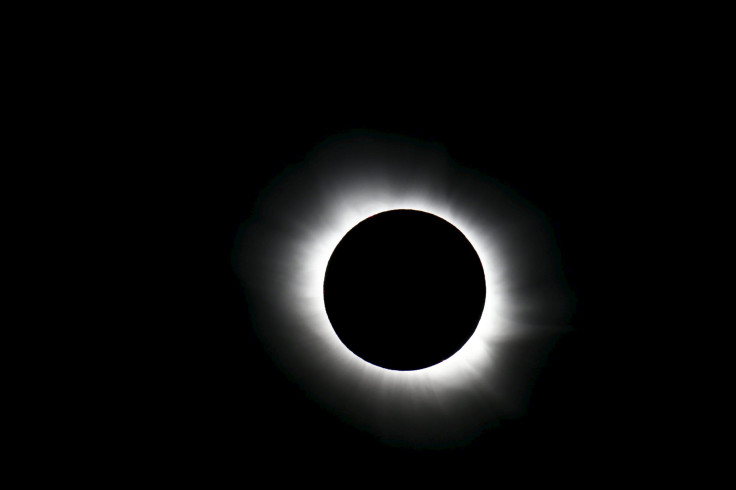
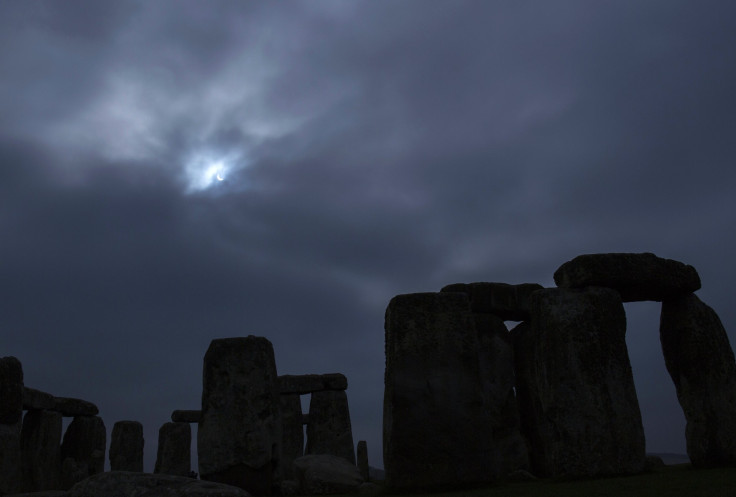
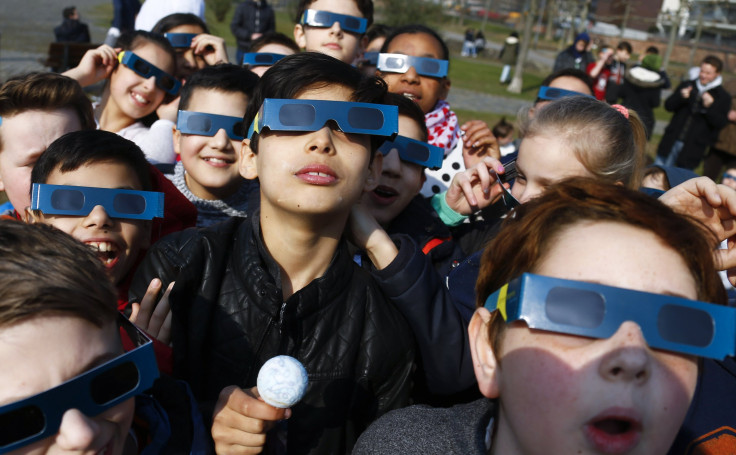


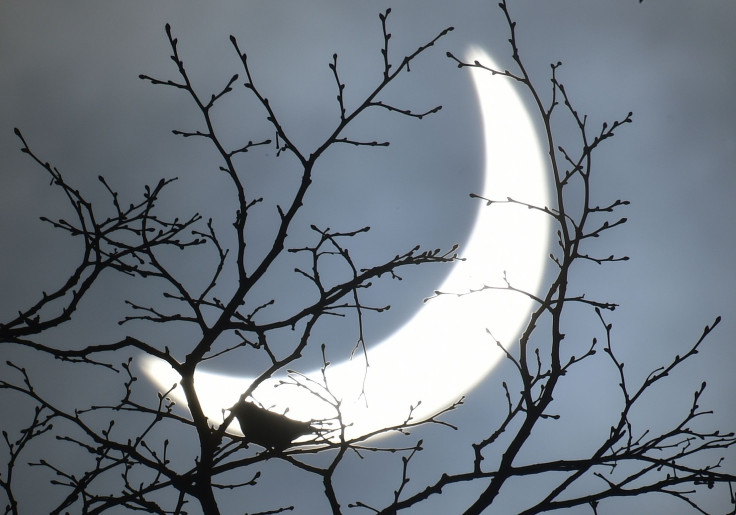
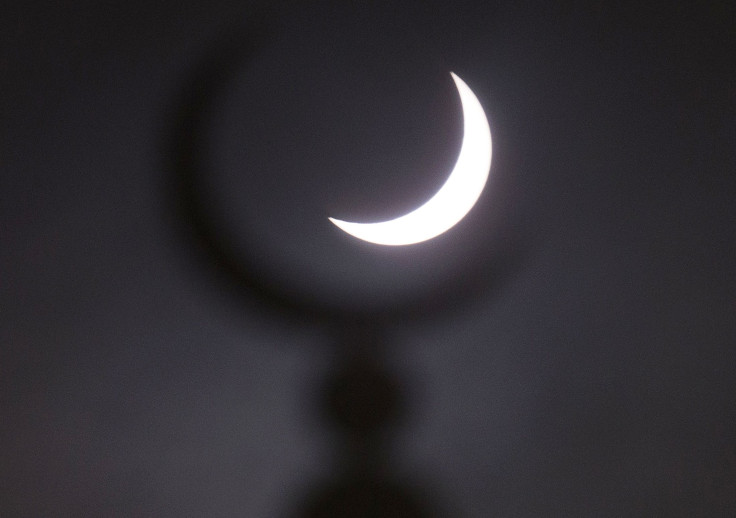
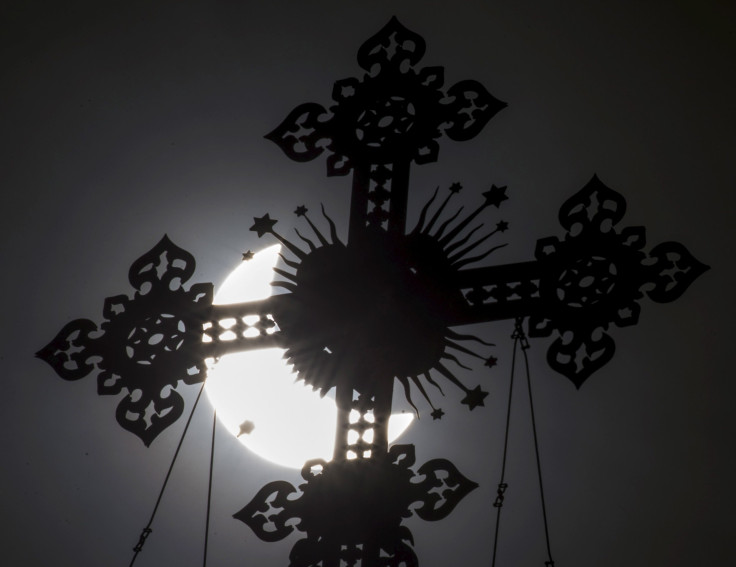
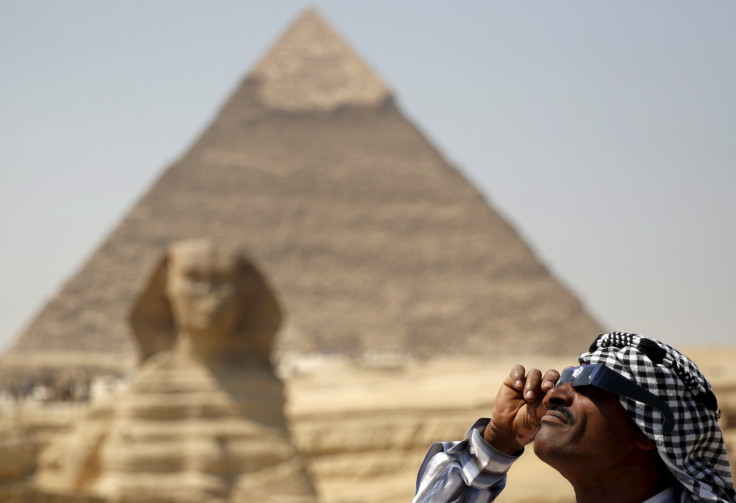
© Copyright IBTimes 2025. All rights reserved.






















